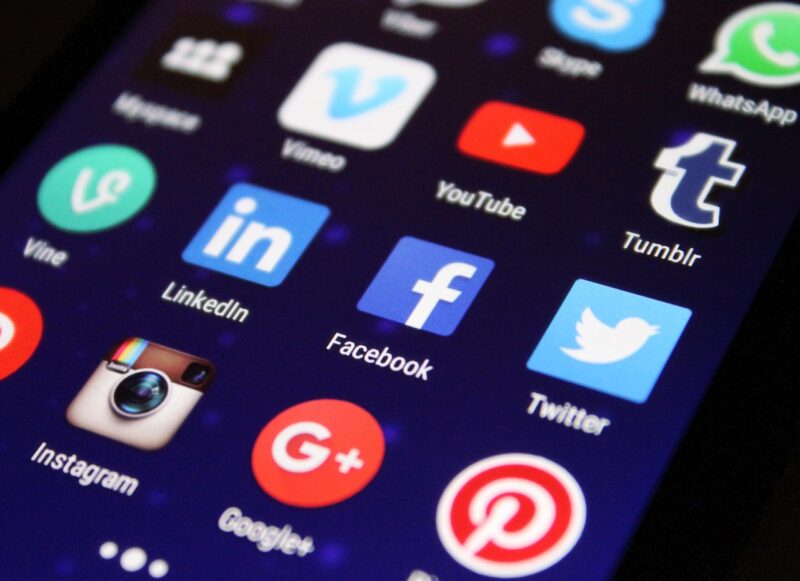How Donald Trump’s Use of Social Media Changed Political Campaigns
November 13, 2024

Political campaigning has undergone a dramatic transformation in the digital age. Among the defining features of this evolution is the role of social media, and no one exemplified this shift better than Donald Trump during his 2016 presidential campaign. His innovative and often controversial use of platforms like Twitter, Facebook, and Instagram reshaped how candidates communicate, fundraise, and connect with voters. This article delves into the impact of Donald Trump’s social media strategy on political campaigns and explores the lasting changes it brought to the political landscape.
1. The Rise of Social Media in Politics
Social media began to play a significant role in political campaigning as early as the 2008 presidential election. Barack Obama’s campaign used platforms like Facebook to build a grassroots movement, mobilizing volunteers and donations like never before. However, it was Donald Trump’s strategic use of social media during the 2016 election that truly set a new precedent.
Trump utilized social media to communicate directly with millions of people, bypassing traditional media channels. He leveraged platforms effectively to share his message, rally support, and even respond to critics. Unlike previous candidates who relied heavily on press conferences and formal statements, Trump’s tweets provided a raw, unfiltered glimpse of his personality and policies.
2. Direct Engagement with Voters
Trump’s campaign demonstrated the power of direct engagement with voters. By utilizing his Twitter account, he interacted with supporters in real-time, responding to questions, comments, and criticisms. His informal and conversational tone appealed to many voters who felt disconnected from traditional political discourse.
Trump’s ability to connect with voters on social media not only helped him gain enthusiastic supporters but also allowed him to identify and address voters’ concerns quickly. This immediate feedback loop enabled him to adapt his messaging according to the sentiments expressed by his audience.
Moreover, the sheer volume of his tweets and posts made him a constant presence in the digital landscape. This maintained visibility kept his name at the forefront of voters’ minds and often dominated media coverage, showcasing how social media can amplify political strategies.
3. Creating Controversy: The Agenda Setter
Controversy was a hallmark of Trump’s social media strategy. His willingness to tackle taboo subjects and make bold statements fostered intense media coverage and public discourse. Each tweet often generated a flurry of responses and discussions, effectively positioning him as a central figure in political conversations.
For instance, his tweets on immigration, trade policies, and foreign affairs often sparked national debates and controversy. By taking bold stances, he was able to highlight issues he deemed essential, setting the agenda for mainstream media and political discussions. This tactic drew attention away from traditional campaign strategies and redirected it towards social media-led dialogues.
4. The Rise of Microtargeting and Data Analytics
The Trump campaign also utilized sophisticated data analytics and microtargeting techniques to reach specific demographics effectively. By analyzing user data from social media platforms, the campaign created tailored ad content directed at particular groups of voters. This enabled them to maximize the effectiveness of their spending and ensure that messages resonated with their intended audience.
Platforms like Facebook provided tools to create highly segmented audiences based on interests, location, and voting history. Trump’s campaign was one of the first to exploit this data-driven approach effectively, paving the way for future campaigns to leverage online platforms in the same way.
5. Impact on Political Narratives
Trump’s approach significantly shifted the political narrative. Candidates began to realize that social media could be a powerful tool for controlling their message and countering potential negative coverage. The immediacy of social media allowed politicians to address rumors and controversies as they arose, reshaping public perception in real-time.
Additionally, Trump’s candid and often polarizing statements prompted many other candidates to adopt similar strategies. In the wake of his campaign, many politicians became increasingly willing to express controversial opinions on social media, leading to a more charged political environment.
6. The Rise of Fake News
One of the darker aspects of Trump’s social media strategy is its association with the spread of misinformation and fake news. The 2016 election saw a surge in the dissemination of false information aimed at influencing public opinion. Many misleading articles and memes circulated widely across social media platforms, often aligning with Trump’s narratives.
While Trump frequently criticized mainstream media as “fake news,” the trend revealed broader issues within the political landscape regarding the reliability of information shared on social media. This phenomenon fueled discussions about the responsibility of social media platforms in regulating content and ensuring transparency and accountability.
7. The Lasting Changes in Political Campaigns
Trump’s unorthodox use of social media has left a lasting legacy on political campaigning. Many candidates now feel compelled to have a robust social media presence, recognizing its importance in connecting with voters and shaping their narratives.
Moreover, political parties and campaigns have increasingly invested in social media training, analytics tools, and innovative content strategies to engage audiences. The landscape has shifted to accommodate new communication styles that resonate with a digitally savvy electorate.
In essence, Donald Trump’s presidency has laid the framework for how future campaigns will leverage social media. The next generation of candidates will likely build on his strategies—all while facing challenges that arise from a more informed and critical public sphere.
Conclusion
In conclusion, Donald Trump’s use of social media during his campaign not only revolutionized political outreach but also reflected the complexities and challenges of digital communication in politics. His distinctive strategy reshaped how candidates engage with voters, disseminate messages, and navigate public perception. As we continue to observe the evolution of political messaging in the digital age, it’s essential to recognize the profound implications of social media on democracy and public discourse. The world of political campaigning will never be the same, and Donald Trump’s influence will serve as a case study for future generations of politicians navigating the social media landscape.







